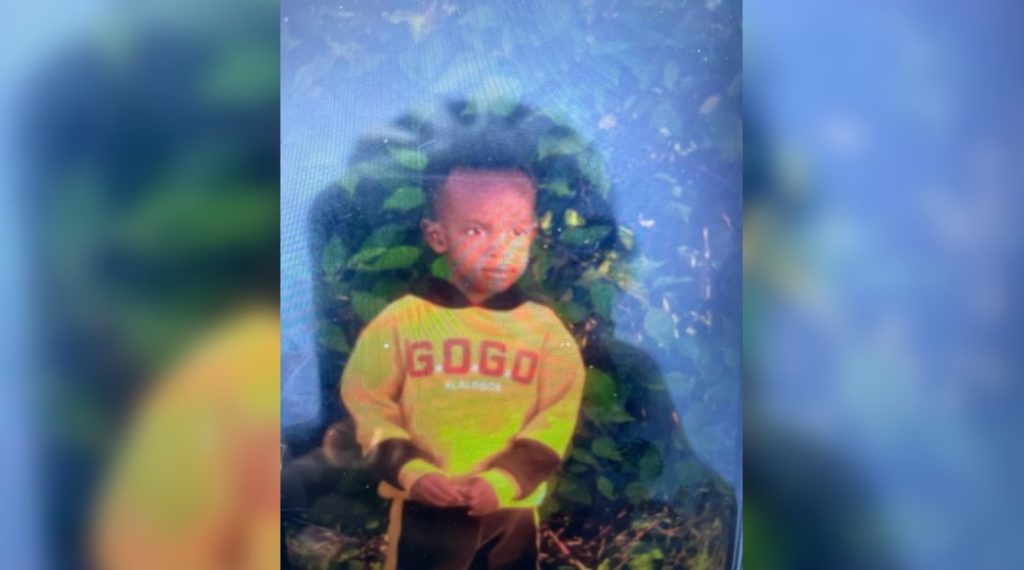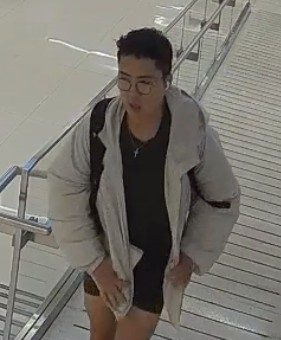Jurors at Sammy Yatim inquest rule teen’s death a homicide, issue 63 recommendations
Posted February 1, 2024 4:49 pm.
Last Updated February 1, 2024 11:59 pm.
The jury at the coroner’s inquest into the shooting death of Sammy Yatim by a police officer more than a decade ago ruled his death was a homicide.
Yatim, who was 18 at the time, was alone on a streetcar and holding a small knife when he was hit by two volleys of shots shortly after midnight on July 27, 2013.
Former Const. James Forcillo was found not guilty of second-degree murder in connection with the first volley of bullets, which the court heard was fatal, but was convicted of attempted murder for the second volley, fired when Yatim was already on the ground.
Forcillo was sentenced to six and a half years behind bars and was granted full parole in 2020.
The inquest was called to explore issues related to police decision-making and best practices in dealing with people in crisis, and not to review the events of that night or Forcillo’s potential culpability.
The lawyer for the mother of Sammy Yatim says the family is pleased with the jury’s verdict.
“It was very important to the family that it be made known to the public that Sammy didn’t want to die that night, that he wanted help,” said Asha James with Falconers LLP. “That homicide verdict, while it doesn’t carry any legal weight and doesn’t create any legal jeopardy for anyone, it’s really important to the family.”
Jurors also issued 63 recommendations that aim to improve officer training and monitoring, peer intervention, and mental health support to prevent future deaths.
Many of the recommendations were jointly proposed by Sammy Yatim’s family members, the Toronto Police Services Board and some police officers involved in the incident during the 13-day inquest.
Among the recommendations made by the jury is to make peer intervention training, which already exists within the police force, a mandatory component of officers’ annual requalification process. The training should emphasize that officers who do intervene will not face repercussions, while there is a “potential for misconduct” for those who fail to step in.
It should also stress that officers have a duty to intervene when witnessing misconduct, the document said.
Another calls for a review of the database system used to monitor use-of-force incidents and other occurrences. Part of that process would be to review the number of incidents that trigger an alert for early intervention, whether additional types of incidents should be logged, and how to record the outcome of any intervention stemming from the alerts.
Forcillo told the inquest it would have been helpful to receive feedback from superiors on his use of force before that fatal incident. He noted that whenever an officer uses force – which includes drawing a firearm – they have to fill out and submit a form, but they typically “never hear about it again.”
Ed Upenieks, one of the lawyers for Yatim’s father and sister, stressed the need to strengthen officer monitoring and early intervention.
He pointed out that Forcillo had “a history of complaints” against him for his “brusque” dealings with the public, and had drawn a firearm six times in the 15 months before the confrontation with Yatim.
Forcillo’s lawyer said during his closing submission that three things could have changed the outcome of that night: access to a stun gun, peer intervention training, and better de-escalation training. Peter Brauti said while there have been improvements on all three fronts since Yatim’s death, there is “more work to do.”
During his testimony, Forcillo said he believed it would have made “a world of difference” if he’d had access to a stun gun that night.
At the time, only front-line supervisors had access to stun guns, the inquest heard. That has since changed, and the devices are now widely available to front-line officers, it heard.
An agreed statement of facts read at the beginning of the inquest said that a supervisor equipped with a stun gun arrived at the scene roughly 20 seconds after the last shot was fired. The stun gun was then used on Yatim as he lay on the ground.
Another recommendation calls for financial and mental health support for family members of people who were killed or seriously injured in an interaction with police.
Jurors expressed their condolences to the family of Sammy Yatim after the recommendations were read aloud.
“It is our hope that the recommendations put forth in this inquest will make Ontario a better and safer place to live. We also wanted to thank everyone involved in the inquest, including Sammy’s family, for their commitment to the success of the inquest.”
Files from The Canadian Press were used in this report








